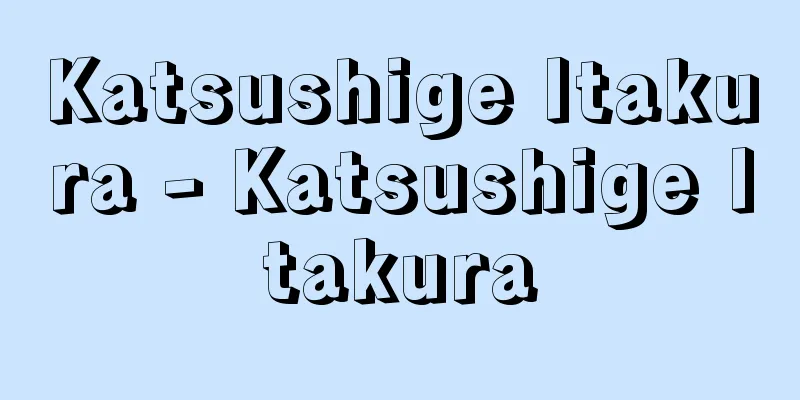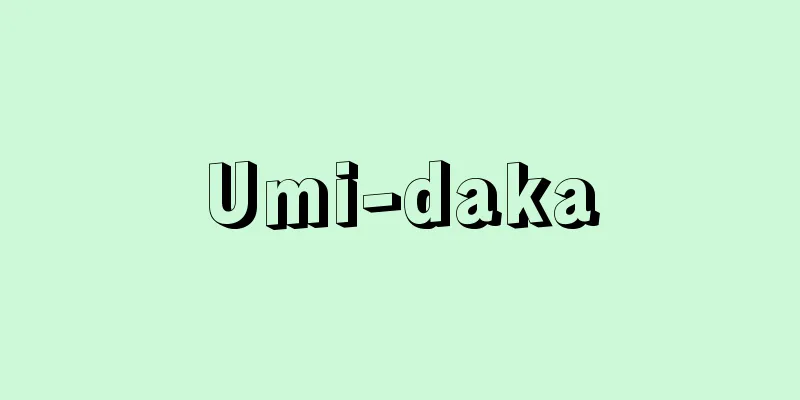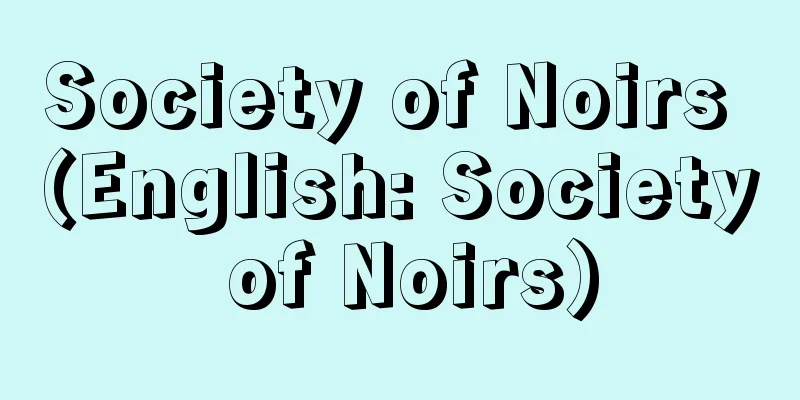Right to collective action - dantaikoudouken

|
One of the basic human rights of workers is to engage in union activities through a collective body (labor union). Article 28 of the Japanese Constitution guarantees workers the "right to organize and to bargain collectively and to take other collective action." The "right to collective action" here is usually understood to mean the right to strike, since the typical form of collective action is labor disputes. However, when the right to collective action is used as a separate right, it refers to the right to engage in daily labor union activities. In order to maintain and improve the working conditions of workers and to achieve other goals, labor unions carry out a variety of activities, including workplace assemblies, on-site demonstrations, wearing ribbons with demands written on them, and posting flyers. However, these activities usually use the company's facilities or are carried out during working hours, so if an employer uses its facility management rights to prohibit the use of facilities or to order workers who are wearing ribbons to remove them, it can cause a conflict with the workers' right to collective action. Some academic theories and legal precedents hold that workers do not have the freedom to engage in the above-mentioned activities without the employer's permission. However, fundamental labor rights, including the right to collective action, have historically been recognized as countering and restricting the rights of employers, and since Japanese labor unions are organized by company, they have no choice but to carry out union activities within the company. Therefore, in order to realize the meaning of the guarantee of the right to collective action, the freedom of such activities must be guaranteed, and there is a powerful theory that employers have a certain obligation to tolerate (an obligation to put up with restrictions on interests) regarding union activities during working hours and the use of company facilities. However, legal precedents hold that workers do not have the freedom to engage in these activities without the employer's approval (Supreme Court rulings of October 30, 1979 and April 13, 1982). [Mikio Yoshida] "Lecture Series on 21st Century Labor Law, Volume 8: Interest Representation Systems and the Right to Organize," edited by the Japan Labor Law Association (Yuhikaku, 2000) [Reference] | |Source: Shogakukan Encyclopedia Nipponica About Encyclopedia Nipponica Information | Legend |
|
団結体(労働組合)を通じて組合活動を行う労働者の基本的人権の一つ。日本国憲法第28条では労働者に対し「団結する権利及び団体交渉その他の団体行動をする権利」を保障している。ここでいう「団体行動をする権利」は、普通、団体行動の典型が争議行為であるところから、もっぱら争議権の意味で理解される。しかし、これとは別個の権利として団体行動権という場合には、日常的な労働組合の活動の権利をいう。ところで、労働組合は労働者の労働条件の維持改善その他の目的を実現するために、職場集会、構内デモ、要求を記したリボンの着用、ビラ貼(は)りその他の多様な活動を展開する。しかし、これらの活動は、普通、企業の施設を利用したり就業時間中に行われるので、使用者が施設管理権に基づいて施設の利用を禁止したり、リボンをつけて就業している労働者にその取り外しを命令した場合、労働者の団体行動権との衝突という問題が生ずる。 学説や判例のなかには、前記のような行動を使用者の許可なしに行う自由はないとするものがある。しかし、団体行動権を含む労働基本権は歴史的には使用者の諸権利と対抗しつつそれを制約するものとして承認されてきたし、また、日本の労働組合は企業別に組織されているため、企業内で組合活動を展開せざるをえない。したがって、団体行動権の保障の意味が実現されるためにはこのような活動の自由が保障されなければならないところから、就業時間中の組合活動や企業施設の利用につき、使用者に一定の受忍(じゅにん)義務(利益の制約をがまんする義務)があるとする有力な学説がある。しかし判例は、使用者の承認なしにこれらの活動をする自由はないとしている(1979年10月30日最高裁判決、1982年4月13日最高裁判決)。 [吉田美喜夫] 『日本労働法学会編『講座21世紀の労働法 第8巻――利益代表システムと団結権』(2000・有斐閣)』 [参照項目] | |出典 小学館 日本大百科全書(ニッポニカ)日本大百科全書(ニッポニカ)について 情報 | 凡例 |
<<: Record of the Great and Small Mind - Tandaishoshinroku
>>: Collective bargaining - dantaikosho
Recommend
Eurya emarginata (English spelling)
… [Susumu Ishizawa]. … *Some of the terminology t...
Mirror writing - Kagami moji
〘Noun〙 Characters reflected in a mirror. Character...
Appel, K.
…In 1990, P. Heawood showed that five colors were...
Teleceptor
…Charles Scott Sherrington (1857-1952) also divid...
Ferrero, G. (English spelling) FerreroG
...They are broadly divided into internal causes ...
Mattauch, JHE
...To improve on this point, FW Aston invented a ...
Vacuum induction melting
…Most have a capacity of 50 kg to 10 tons. The me...
Venus comb - Venus comb
A snail shell of the Muricidae family shaped like ...
autoroute
...Also, the Shuto Expressway and the Hanshin Exp...
Gardens of the Rucellai Family - Orti Oricellari
A literary and academic circle that gathered in th...
Cold - Flu
Also known as the common cold. A general term for ...
International Commission on Radiological Protection
Founded in 1928 by the International Congress of R...
Cervus nippon yakushimae (English name) Cervusnipponyakushimae
… Deer [Imaizumi Tadaaki]. . . *Some of the termi...
Akabori Kappo School
...To be worn over a kimono, the sleeves are loos...
computer controlled vehicle system
...Germany is the most aggressive in developing P...









